How Does A Digital Camera Work?
Digital cameras have revolutionized the way we capture and store images, making photography more accessible and versatile than ever before. Understanding how a digital camera works can help both amateur and professional photographers make the most of their equipment. In this article, we will delve into the mechanics and technology behind digital cameras, breaking down the process from capturing light to producing a digital image.
The Basics of Digital Photography

At its core, a digital camera functions by capturing light through a lens and converting it into an electronic signal that can be processed and stored as a digital image. This process involves several key components: the lens, the image sensor, the processor, and the storage medium.
The Lens
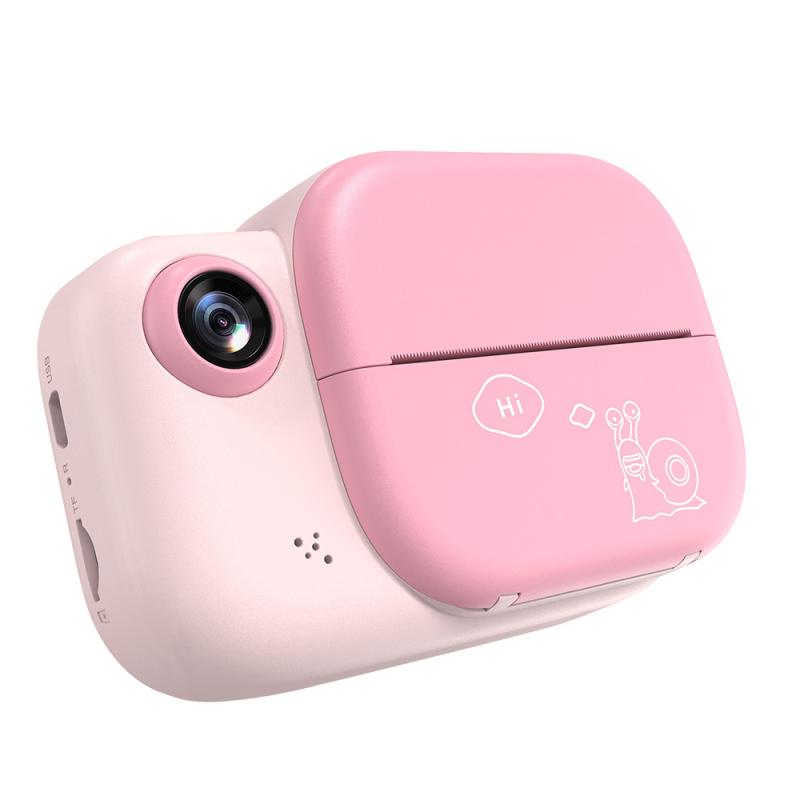
The lens is the first point of contact for light entering the camera. It focuses light onto the image sensor, much like the human eye focuses light onto the retina. Lenses come in various types, including fixed, zoom, and interchangeable lenses, each offering different focal lengths and apertures to control the amount of light entering the camera.
The Image Sensor
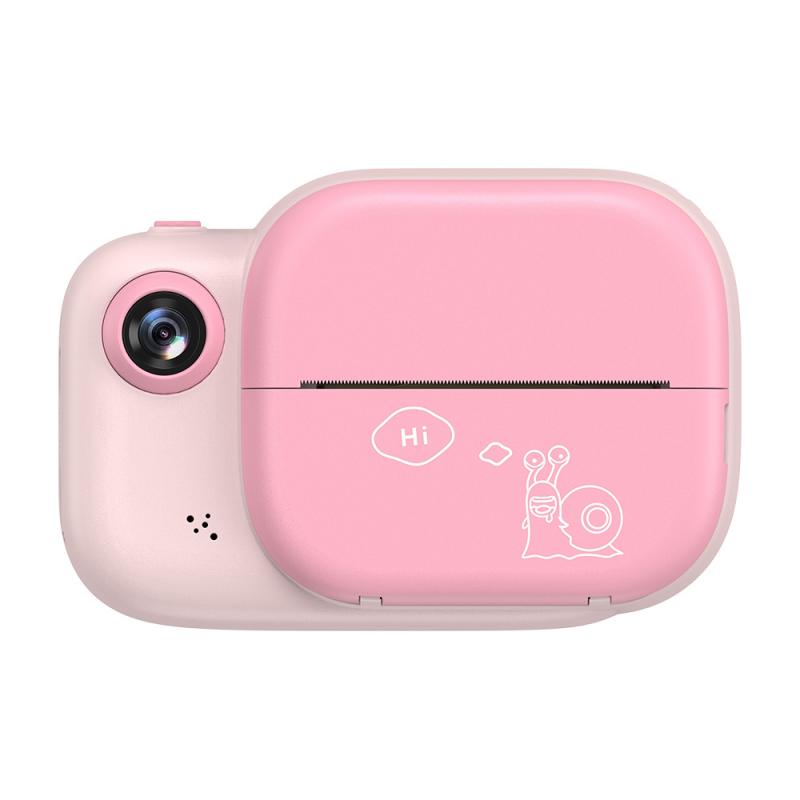
The image sensor is arguably the most critical component of a digital camera. It replaces the film used in traditional cameras and is responsible for converting light into an electronic signal. There are two main types of image sensors: CCD (Charge-Coupled Device) and CMOS (Complementary Metal-Oxide-Semiconductor). Both types have their advantages and disadvantages, but CMOS sensors are more commonly used in modern digital cameras due to their lower power consumption and faster processing speeds.
The Processor
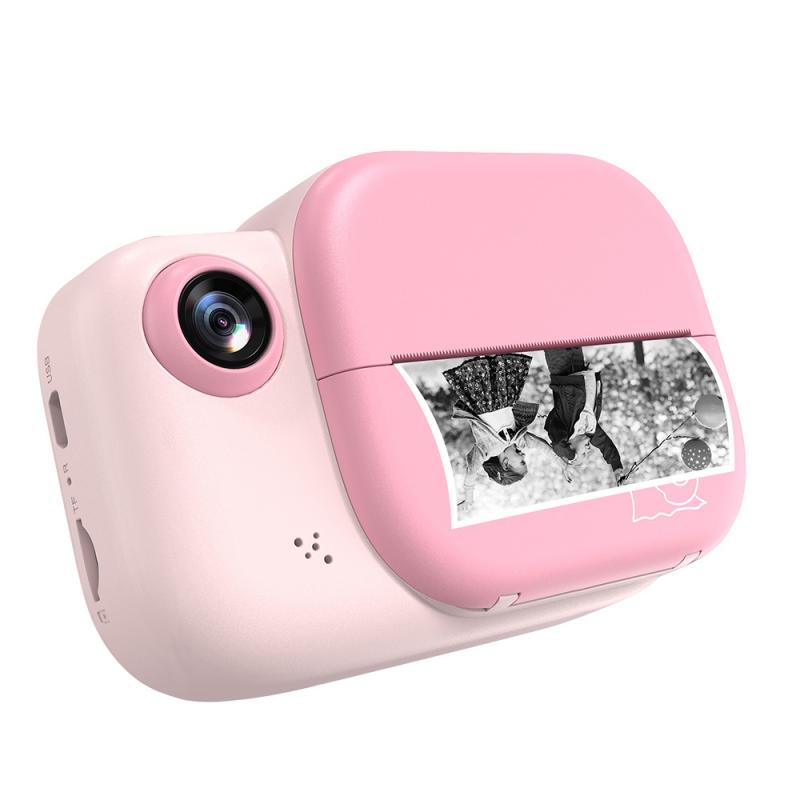
Once the image sensor captures the light and converts it into an electronic signal, the camera's processor takes over. The processor, often referred to as the "image processing engine," interprets the data from the sensor and converts it into a digital image. This involves several steps, including demosaicing, noise reduction, and color correction. The quality and speed of the processor can significantly impact the final image quality and the camera's overall performance.
The Storage Medium
After processing, the digital image is stored on a storage medium, typically a memory card. Common types of memory cards include SD (Secure Digital), CF (CompactFlash), and microSD cards. The storage capacity and speed of the memory card can affect how many images you can store and how quickly the camera can save them.
The Image Capture Process
Now that we have a basic understanding of the key components, let's walk through the image capture process step-by-step.
1. Light Enters the Camera: When you press the shutter button, the camera's lens opens to allow light to enter. The amount of light is controlled by the aperture, which can be adjusted to let in more or less light depending on the shooting conditions.
2. Light Hits the Image Sensor: The focused light then hits the image sensor, which is covered in millions of tiny photosites (pixels). Each photosite measures the intensity of the light and converts it into an electronic signal.
3. Signal Processing: The electronic signals from the photosites are sent to the camera's processor. The processor performs several tasks, including demosaicing (reconstructing a full-color image from the sensor's data), noise reduction, and color correction.
4. Image Storage: The processed image is then saved onto the memory card in a digital format, such as JPEG or RAW. JPEG files are compressed and take up less space, while RAW files contain more data and offer greater flexibility for post-processing.
Advanced Features and Technologies
Modern digital cameras come equipped with a range of advanced features and technologies that enhance their functionality and image quality. Some of these include:
Autofocus Systems
Autofocus (AF) systems automatically adjust the lens to ensure the subject is in sharp focus. There are two main types of autofocus systems: contrast-detection and phase-detection. Contrast-detection is commonly used in compact cameras and smartphones, while phase-detection is found in DSLRs and mirrorless cameras for faster and more accurate focusing.
Image Stabilization
Image stabilization (IS) helps reduce blur caused by camera shake, especially in low-light conditions or when using long focal lengths. There are two types of image stabilization: optical and digital. Optical stabilization involves moving lens elements or the image sensor to counteract shake, while digital stabilization uses software algorithms to achieve a similar effect.
High Dynamic Range (HDR)
HDR technology captures multiple exposures of the same scene and combines them to create a single image with a greater dynamic range. This results in more detail in both the highlights and shadows, making HDR particularly useful in high-contrast scenes.
Burst Mode
Burst mode allows the camera to take a rapid series of shots in quick succession. This is useful for capturing fast-moving subjects, such as in sports or wildlife photography. The speed and duration of burst mode depend on the camera's processor and buffer capacity.
Practical Tips for Using a Digital Camera
Understanding how a digital camera works is just the first step. Here are some practical tips to help you make the most of your digital camera:
1. Learn the Basics of Exposure: Understanding the relationship between aperture, shutter speed, and ISO is crucial for achieving the desired exposure. Experiment with different settings to see how they affect your images.
2. Use the Right Lens: Different lenses are suited for different types of photography. A wide-angle lens is great for landscapes, while a telephoto lens is ideal for wildlife or sports photography. Invest in a good quality lens that suits your needs.
3. Master Autofocus: Learn how to use your camera's autofocus system effectively. Many cameras offer different AF modes and points, allowing you to customize the focus to suit your subject and shooting conditions.
4. Experiment with Composition: Good composition can make a significant difference in your photos. Use techniques like the rule of thirds, leading lines, and framing to create more visually appealing images.
5. Shoot in RAW: If your camera supports it, consider shooting in RAW format. RAW files contain more data than JPEGs, giving you greater flexibility in post-processing to adjust exposure, white balance, and other settings.
6. Keep Your Gear Clean: Regularly clean your camera and lenses to ensure optimal performance. Dust and smudges on the lens or sensor can affect image quality.
Digital cameras are complex devices that combine advanced technology and precision engineering to capture stunning images. By understanding how they work and utilizing their features effectively, you can take your photography to the next level. Whether you're a beginner or an experienced photographer, mastering the basics and exploring the advanced capabilities of your digital camera will help you achieve the best possible results.


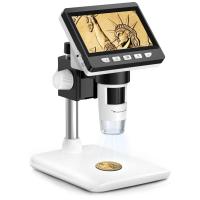
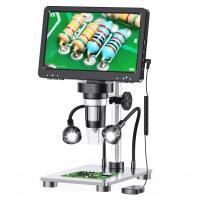

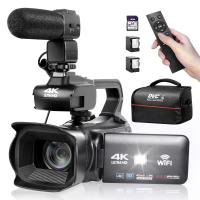

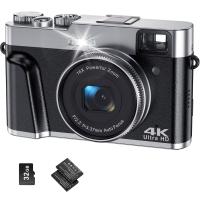
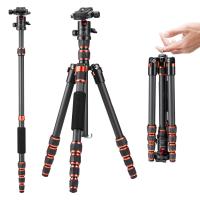
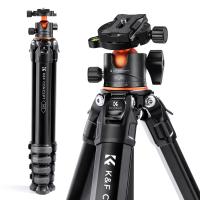
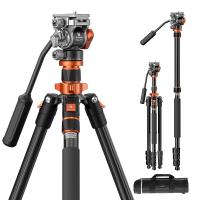
![4K Digital Camera for Photography & Video [Autofocus and Stabilisation] 48MP 16X Digital Zoom 3” 180° Flip Screen Vlog Camera with 32G SD Card, Flash 4K Digital Camera for Photography & Video [Autofocus and Stabilisation] 48MP 16X Digital Zoom 3” 180° Flip Screen Vlog Camera with 32G SD Card, Flash](https://img.kentfaith.com/cache/catalog/products/us/GW41.0065/GW41.0065-1-200x200.jpg)
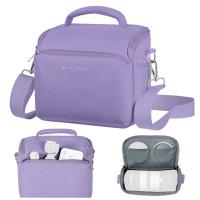
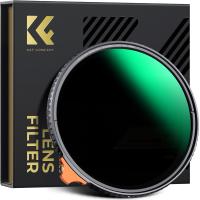
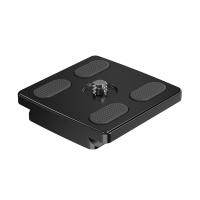
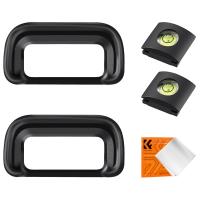
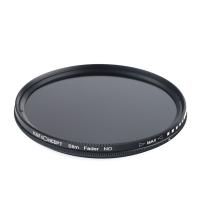

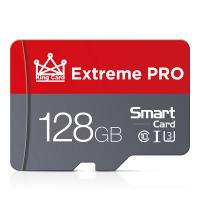
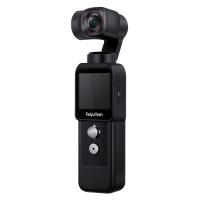








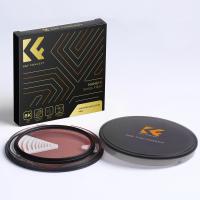



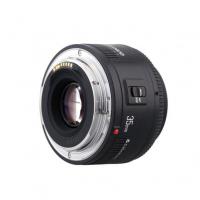






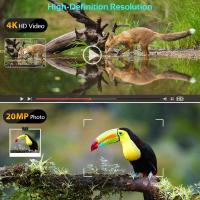

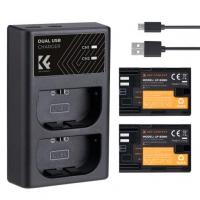
There are no comments for this blog.